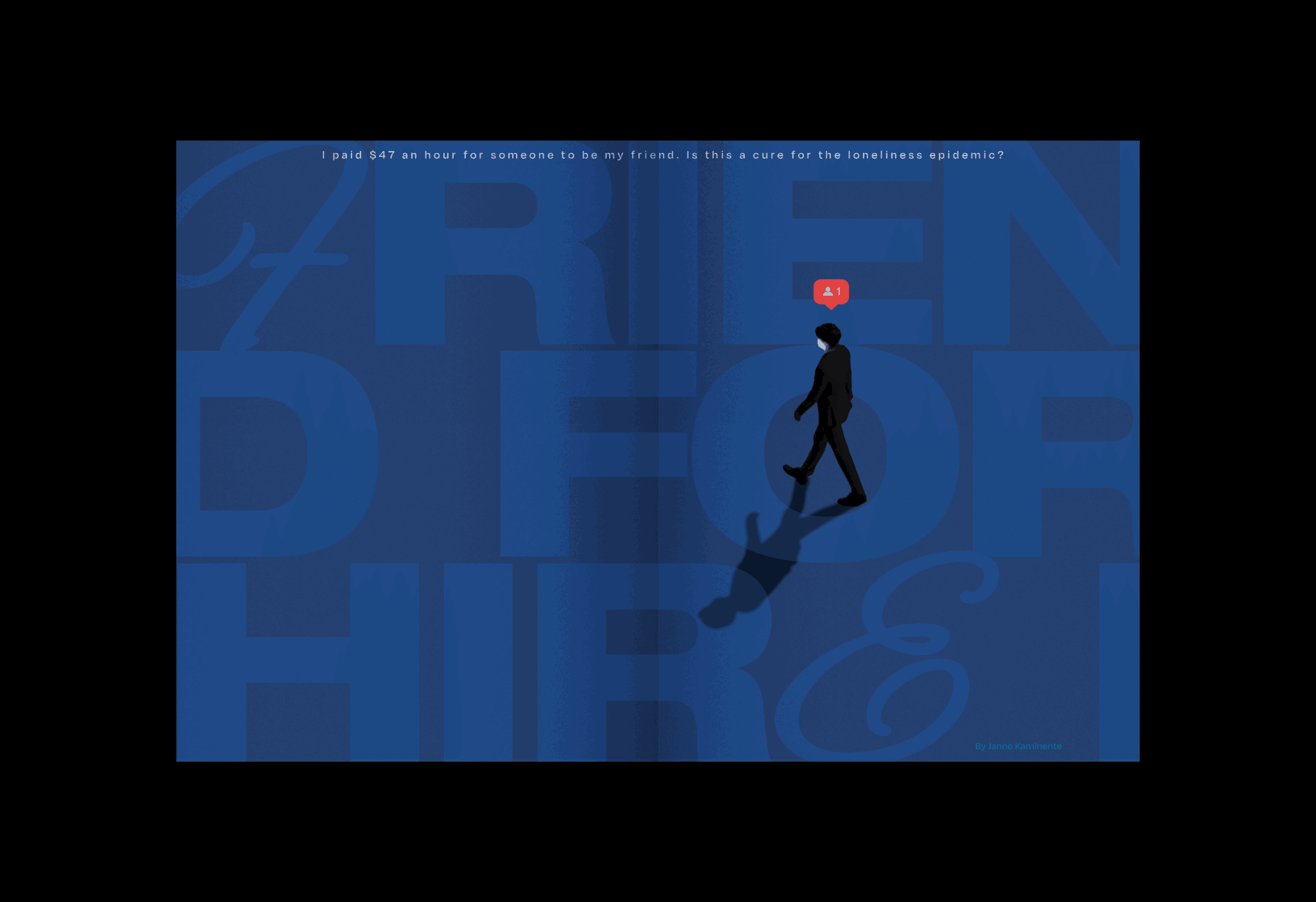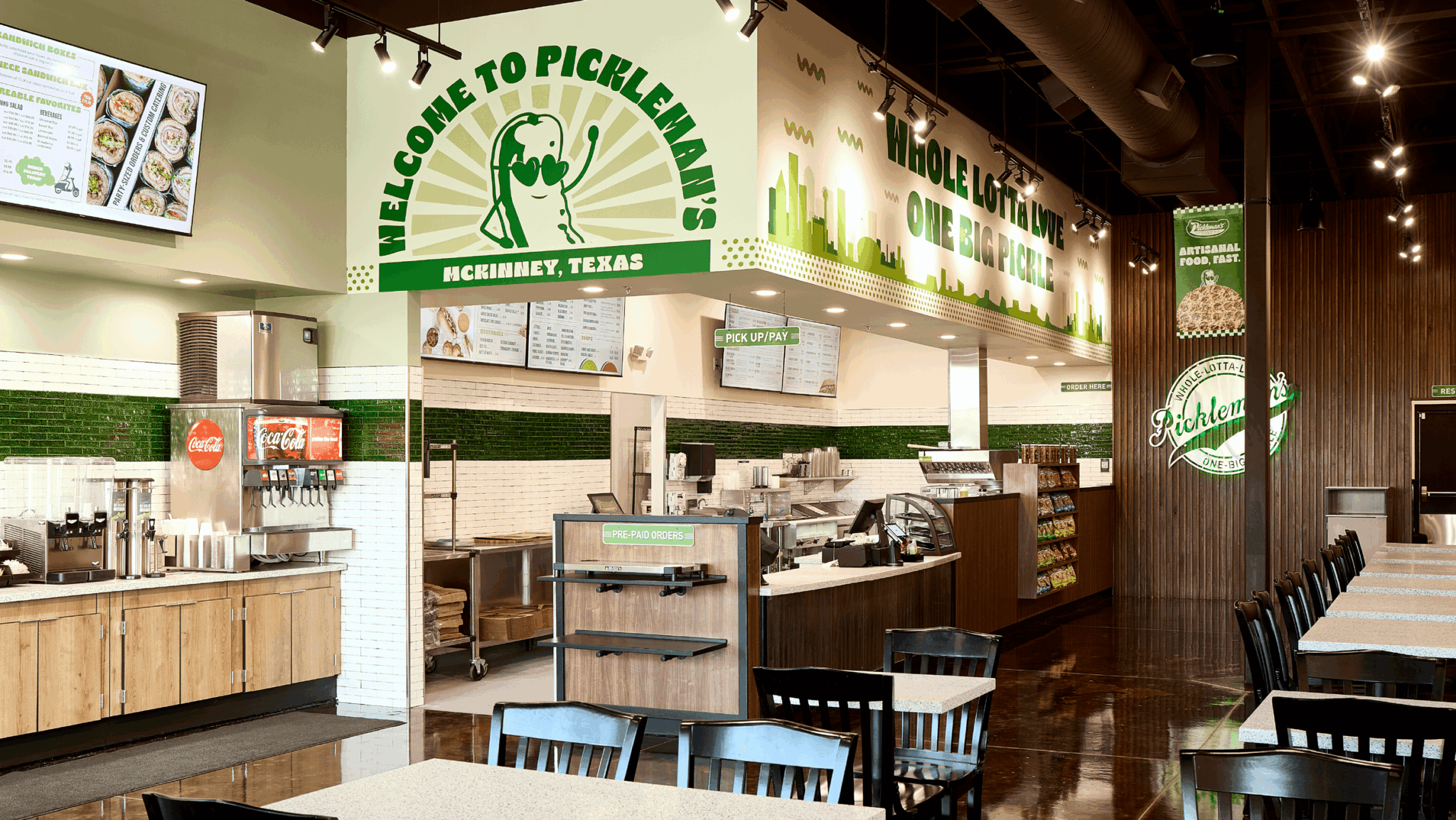Alright – so today we’ve got the honor of introducing you to Rhea Hinger. We think you’ll enjoy our conversation, we’ve shared it below.
Rhea, looking forward to hearing all of your stories today. Let’s kick things off with a hypothetical question – if it were up to you, what would you change about the school or education system to better prepare students for a more fulfilling life and career?
.Design is not art—it’s a mindset.
My journey into design was accidental. Growing up in India, I experienced a very traditional schooling system where art and design were treated as synonymous. Design was always linked to artistic talent—painting, sketching, illustrating—and since my drawing skills were pretty average, I assumed that becoming a designer was out of the question.
So, I chose the more “practical” path and went to business school. But even there, my creative instincts kept showing up. Whenever we worked on case studies, while my classmates presented strategies as data points or business models, I would turn to Collaging to create visual representations of my ideas. I realized that I processed and communicated ideas better visually—and that my strength lay in translating complex problems into visual stories.
That’s when it hit me: I wasn’t just designing; I was problem-solving. I had a natural ability to combine strategy with creative expression. But at the time, I had no idea that being a “designer” could mean more than just being an artist. It was only when I explored marketing that I met creative directors, strategists, and brand designers who helped me see that design isn’t just about making things look good—it’s about thinking critically, solving problems creatively, and connecting emotionally with people.
This experience made me realize that the education system got it wrong. Design isn’t a hard skill—it’s a soft skill. It’s a way of thinking. A creative problem-solving mechanism. The ability to think visually, connect dots, and create meaning is just as valuable as technical design skills. For someone like me, who loves both logic and creativity, design turned out to be the perfect balance between structure and freedom. We need to broaden the definition of design Because it isn’t just about what you create—it’s about how you think.


Great, appreciate you sharing that with us. Before we ask you to share more of your insights, can you take a moment to introduce yourself and how you got to where you are today to our readers.
I’m a concept-driven designer with a soft spot for giving brands personality and charm. I love when a brand has character, a bit of quirk, and feels human. That’s what I try to bring to the table with every project I work on.
I believe in making things look good and work better. That’s exactly what I get to do now. I currently work as a designer at Clutch Creative; A female-led design agency, where I focus on branding—but honestly, I end up doing a little bit of everything that comes my way. From building brand identities and designing websites to working on murals, magazines and packaging, I love how no two days are the same.
We have helped many new/small/established businesses create elevated identities and build community. One such project was the Pickleman’s rebrand. The brand had a strong product but needed a more cohesive identity. We aimed to create a brand that felt warm and approachable while letting the food shine. By building a sense of community with the tagline “Whole Lotta Love” and introducing a playful mascot (the “Dill Family” in iconic sunglasses), we gave the brand a personality that clicked. It was one of those projects where everything fell into place once we defined the brand’s core.
To me, design should feel human. If I can make someone smile or connect with a brand, I’ve done my job. Working with me isn’t just about getting a logo or color palette—it’s about crafting a story and giving a brand a voice that sticks. And yes, I’ll probably make it a little fun along the way.


What’s a lesson you had to unlearn and what’s the backstory?
I used to think that the more personally attached you are to your work, the better it turns out. I believed that if I poured myself into a project, it would naturally reflect in the final outcome. But over time, I realized that being too emotionally invested can actually cloud your judgment and make it harder to see the brand objectively. It also makes it tough to take feedback without feeling personally attacked.
I remember back in grad school at the Maryland Institute College of Art, we had these intense critique sessions where our work would be picked apart by professors and classmates. At first, it felt like they were rejecting me—like if they didn’t like my work, they didn’t like me or my creative process. But over time, I learned that critique wasn’t personal—it was about making the work better. Once I learned to detach myself from the outcome and see feedback as a tool for growth rather than criticism, I became a much stronger designer. It taught me that design isn’t about me—it’s about the brand and the story it’s trying to tell. That shift in mindset was a game-changer.


What’s the most rewarding aspect of being a creative in your experience?
For me, the most rewarding part of being a creative is watching a brand come to life—when strategy, visuals, and personality align to create something authentic. That moment when a client looks at the final design and says, “Yes, this feels like us,” is everything.
What makes it even more fulfilling is the journey—the messy middle where I piece elements together, experiment with color and typography, and refine the tone. It’s a challenge I love: transforming an abstract idea or story into a visual language that resonates emotionally.
It’s especially satisfying when the design breathes new confidence into a brand. Seeing the identity take shape across packaging, social media, or a storefront, and watching it strengthen the brand’s connection with its audience is the true measure of success. It’s not just about aesthetics; it’s about creating a personality that people relate to.
When my design shapes how people experience a brand, it’s storytelling, strategy, and identity in harmony. From the first draft to the final product, watching the brand evolve and find its true voice is what keeps me inspired.
Contact Info:
- Website: https://www.rheahinger.com/
- Instagram: https://www.instagram.com/rhea.hinger
- Linkedin: https://www.linkedin.com/in/rhea-hinger-14145a19a/


Image Credits
Clutch Creative Marketing


